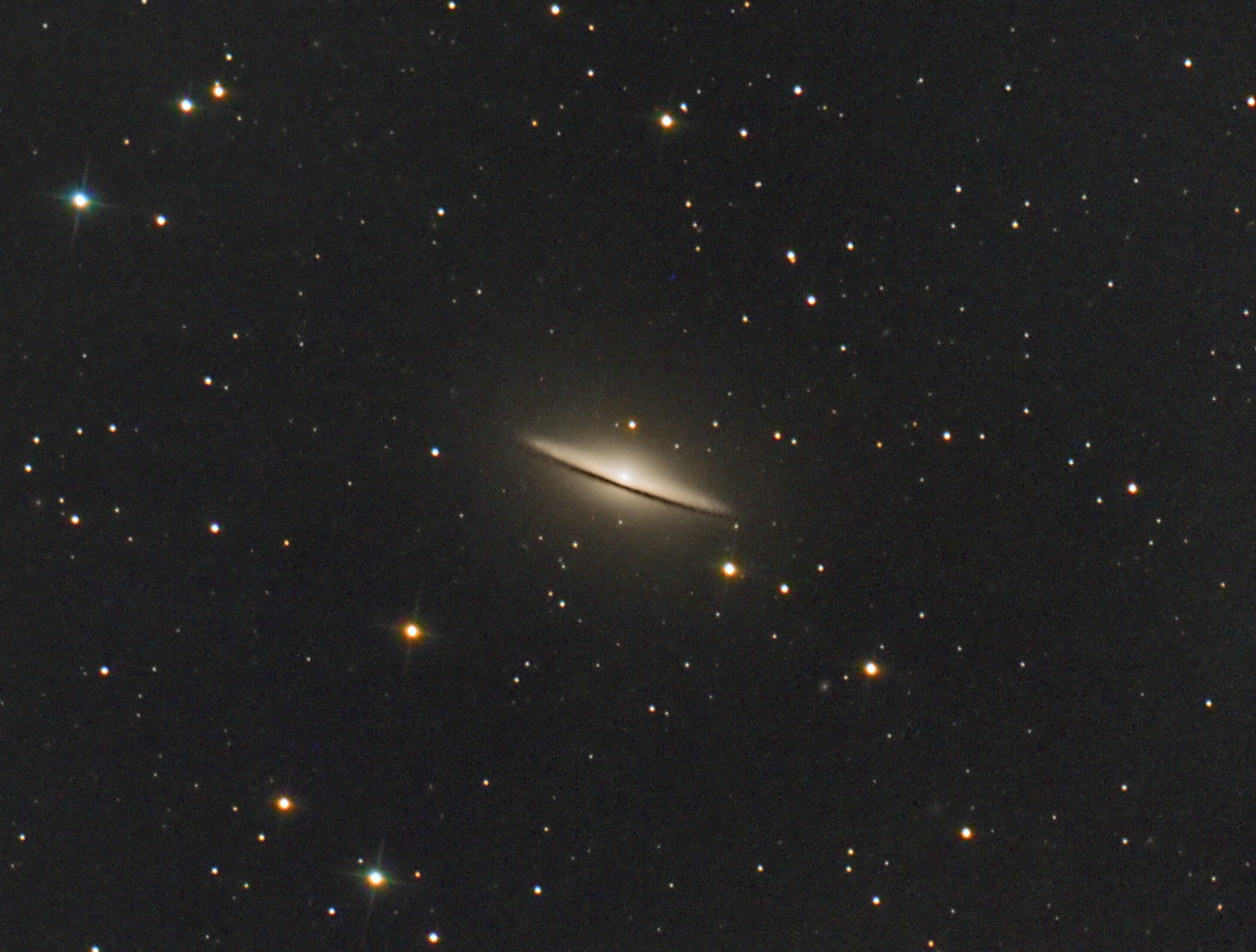
How far away are the stars I see through my telescope?
The faintest stars I can see in my 4-inch refractor are 12th magnitude. If one of these stars is just like the Sun, how far away is it? The Sun would be magnitude 12.0 if it were 880 light-years away. That’s not very far in the grand scheme of the…

Is it possible to detect Jupiter's satellites with the unaided eye?
I’ve heard it might be possible to detect Jupiter’s satellites with the unaided eye if Callisto and Ganymede appear together when Ganymede is at greatest elongation from Jupiter. Will this happen anytime soon? Jupiter is now setting soon after sunset. But three times in 2008, Texans (and North Americans generally)…

What is the faintest object imaged by ground-based telescopes?
I know that the Hubble Ultra Deep Field imaging campaign reached a limiting magnitude of 31, but what is the faintest object imaged by ground-based telescopes? Furthermore, how is it that an amateur astronomer was able to reach magnitude 24 with a 16-inch telescope, when even Hubble has gone no…

What is the most distant human-caused event that’s been easily verifiable with ordinary optics?
Like other amateurs, I observed the brightening of Comet Tempel 1 after it was hit by Deep Impact on July 4, 2005. Was this the most distant human-caused event that’s been easily verifiable with ordinary optics? (I used my 12-inch Dobsonian reflector.) Yes, we think so. The Deep Impact collision…

Is it possible to see the crescent of Venus?
Is it possible, with better than normal eyesight, to see the crescent of Venus? That question has been controversial, but in fact some people can. The rough rule of thumb is that someone with excellent vision can just resolve two image elements 60 arcseconds (60") apart. At times, this is…

How can I see more colors through my telescope?
Nebulae and galaxies invariably look like shapeless, colorless blobs in my 6-inch telescope, a far cry from their spectacular appearance in photographs. If I buy a 12- or 14-inch scope, will I see a dramatic improvement? Would that it were so! A larger telescope will better reveal the shapes of…

Why Do Bright Stars Look Bigger?
If stars appear as mere points, as we’re always told, why are some stars big and some small in every image I’ve ever seen? Photography does strange things to stars. In fact, the sky on photographs looks rather different from the sky we see visually (S&T: June 2004, page 128).…

Why aren't Earth's night skies more colorful?
Why are Earth's skies so boring? You see pictures of galaxies, nebulae, clusters, etc., but they're always far away. Why couldn't Earth have been in the middle of a colorful nebula or some other non-boring zone of space? Celestial photos show what things would look like if your eyes were…

How does the Moon's phase affect the skyglow of any given location, and how many days before or after a new Moon is a dark site not compromised?
How does the Moon's phase affect the skyglow of any given location? How many days before or after a new Moon is a dark site not compromised? The answer is complicated because the Moon's glow is even more directional than light pollution. Skyglow is several times brighter near the Moon…

What's the most distant object I can see with my telescope?
Is there a more distant object than NGC 4889 (Caldwell 35) that I can see with my 5-inch reflector? Yes, by a factor of 7! Think quasars. NGC 4889 is a member of the Coma Galaxy Cluster, which lies about 300 million light-years away. But the quasar 3C 273 is…

What's my naked-eye magnitude limit?
How can I find out my naked-eye magnitude limit? Count stars inside the Great Square of Pegasus, which is well placed on November evenings. If you can see only two stars within the square, you are reaching visual magnitude 4.6 and your skies are probably light polluted. If you spot…

Can telescopes increase an object’s surface brightness?
I normally can’t see the Triangulum Galaxy (M33) with the naked eye, but it’s easy in a rich-field telescope. So how can you claim (June issue, page 128) that a telescope never increases an object’s surface brightness? The explanation has nothing to do with optics and everything to do with…

Could you see astronauts on the Moon?
If there were astronauts on the Moon, could we see them? I get some variant of this question almost every time I show someone his or her first view of the Moon through a telescope, especially at high magnification. The breathtaking sight of lunar craters, mountains, and other features down…

Focal Ratio vs. Aperture: What Makes an Object Look Brighter Through a Telescope?
How can you make a star or deep-sky object, such as galaxies or nebulae, look brighter? The total brightness of a star or other object is determined by the telescope’s aperture, also called light grasp. The focal ratio (also called f/number, that is, the focal length divided by the aperture)…
